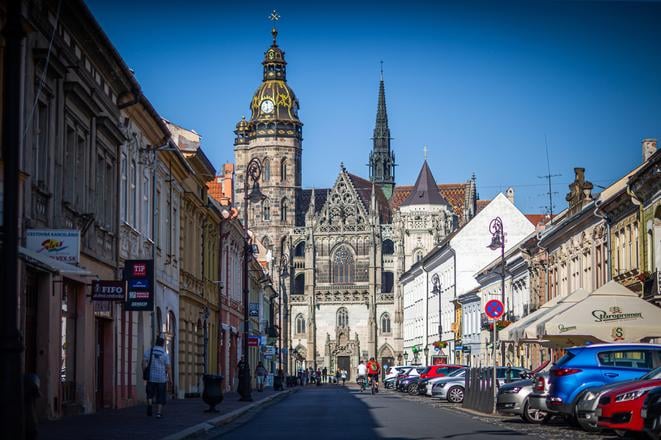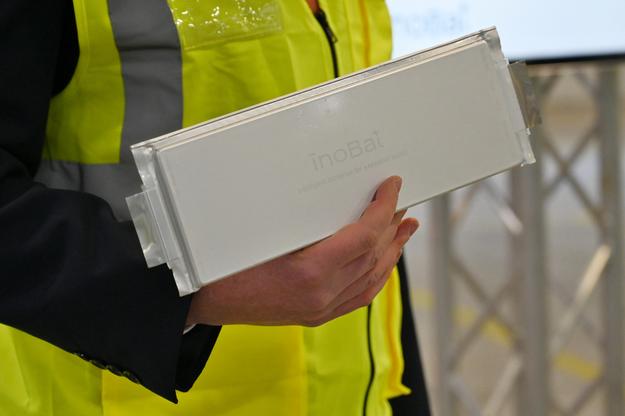The recent decision of Swedish carmaker Volvo to build its new production plant near the eastern-Slovak city of Košice shows that Slovakia remains an interesting investment destination for foreign investors – including Americans.
While this is a signal of confidence in Slovakia’s economic potential even with war raging just beyond its borders, experts are urging the country to use foreign investment policy for its own transformation and structural reforms.
“We should not forget that reliance on the inflow of foreign direct investment is one of the main causes of Slovakia’s economic decline,” Katarína Miňová, policy manager of the Košice branch of AmCham Slovakia, told The Slovak Spectator. “If we do not use the Volvo investment as the last opportunity to build added value from foreign investment, Slovakia will irreversibly become the assembly workshop of Europe.”
Nevertheless, US investors keep finding innovative companies in Slovakia to invest in.
In May, the Timken company, engaged in engineered bearings and power transmission, products acquired Prešov-based Spinea, a manufacturer of highly engineered cycloidal reduction gears and actuators.
Another example of promising US-Slovak cooperation is InoBat Auto, which has partnered with US firm Wildcat Discovery Technologies to develop custom-designed electric batteries in Voderady near Trnava in western Slovakia.
First investment after US Steel
The Volvo Cars automotive group announced in early July that Slovakia had been chosen as the site of a new €1.2 billion plant for the production of electric vehicles.
Volvo's Slovak plant will be constructed in the Valaliky industrial park near Košice. Its production capacity will be 250,000 vehicles per year and it will employ approximately 3,300 people. The plant’s construction is planned for 2023, with the installation of equipment and production lines in the course of 2024.
In terms of regional development, Miňová sees the investment as a huge success. It will create a stimulus estimated at €2.5 billion, taking into account the multiplier effect, she noted.
Košice last experienced an investment stimulus on a comparable scale thanks to the investment of U.S. Steel in 1998. An investor of a similar scale has not appeared in Košice since then. With the arrival of Volvo Cars, eastern Slovakia has received a long-awaited economic stimulus that has the potential to transform the region’s industrial ecosystem. Economic growth and new jobs for the region are expected, as well as the development of the least developed areas in this part of Slovakia. A number of suppliers in the region will also be tied to Volvo Cars production.



 Volvo’s is the first large-scale manufacturing investment in Košice since the steelmaker U.S. Steel arrived in the city almost 25 years ago. (source: SME-Marko Erd)
Volvo’s is the first large-scale manufacturing investment in Košice since the steelmaker U.S. Steel arrived in the city almost 25 years ago. (source: SME-Marko Erd)
 InoBat is building an EV battery R&D centre and pilot line in Voderady near Trnava. (source: TASR)
InoBat is building an EV battery R&D centre and pilot line in Voderady near Trnava. (source: TASR)